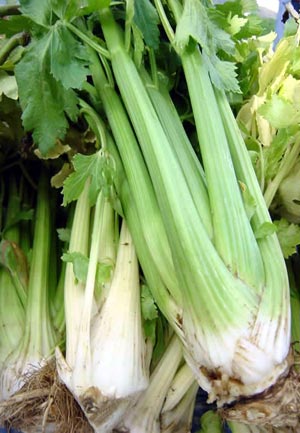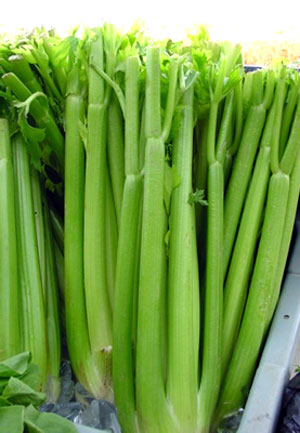|
|
This 1997-2000 project investigated the outbreak of Celery mosaic virus (CeMV) in celery and other related crops in Australia. The main purpose was to gain a better understanding of what viruses were infecting our Apiaceous crops, what their host ranges were and how widespread the virus was. Specifically this project determined the effects of virus on celery and carrots, and assessed alternative management strategies. This study revealed that CeMV was indeed prevalent in all celery growing districts in Australia. It had severe affects on celery quality and production. As part of a total management system for CeMV in celery, petroleum oil sprays and plastic reflective mulches were trialed.
Findings : Two new potyviruses closely related to Celery mosaic virus (CeMV) have been found in the Apiaceae growing in Australia:
Although closely related to CeMV, they do not appear to readily move between plant species in the field. CVY and CeMV are prevalent in Australia’s major carrot and celery growing areas respectively. The spread of CeMV in celery is linked to aphid pressure. High levels of CeMV in the field correspond with high aphid numbers in Spring and Autumn. In carrots, virus can reduce yield (measured as weight), carrot length and carrot collar width, but it is dependent on variety. However, virus had no effect on storage quality. The five varieties assessed were: Senior, Leonore, Nantes, Steffano and Red Brigade. Two alternative control strategies to help reduce the impact of CeMV were tested:
Both showed great promise. The petroleum spray oil used in the trial delayed CeMV infection in the field and reduced CeMV infection overall. Plastic reflective mulches were also effective in deterring aphids for landing in celery crops. Silver mulch was more effective than white which in turn was better than bare soil (Part 5).
Recommendations : It is possible to manage the spread of Celery Mosaic Virus
Although there seems to be no evidence available world-wide with regard to the seed transmissibiUty of CeMV this question has not been thoroughly addressed. If CeMV and CVY are seed transmitted, implementing a certified seed program, together with all the cultural control Acknowledgements : The assistance of the steering committee members, who provided constructive comments and information, is gratefully acknowledged. Members of the group were the Victorian Celery Growers Association, in particular Tom Schreurs, and Silvio Favero. A large number of inpiduals provided support throughout the duration of the project allowing us to use field sites and gathering of important information. We thank the following people:
This project was commissioned by Horticulture Australia Limited and funded by the Vegetable R&D levy and the Victorian State Government.. The Australian Government provides matched funding for all HAL’s R&D activities. |
||||||||||||||||||||||||||
|


